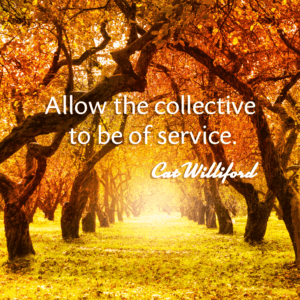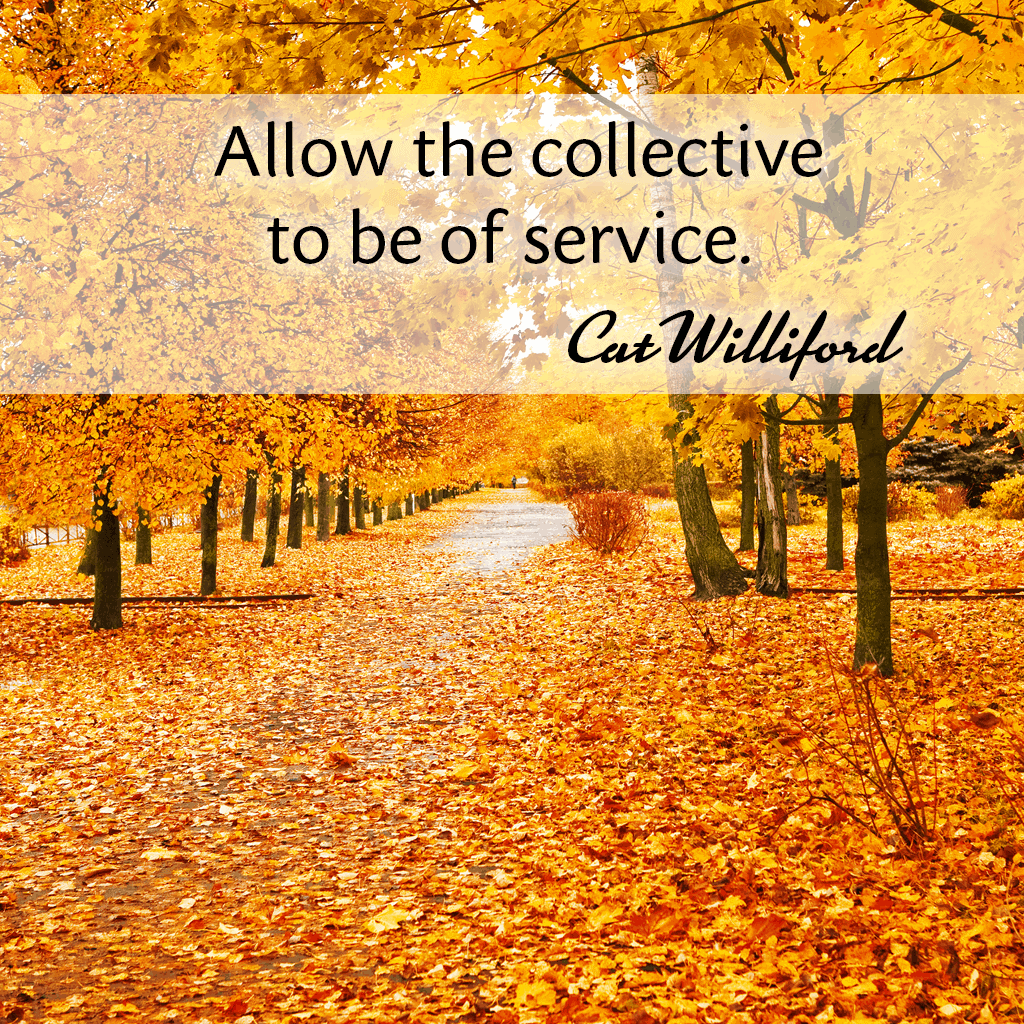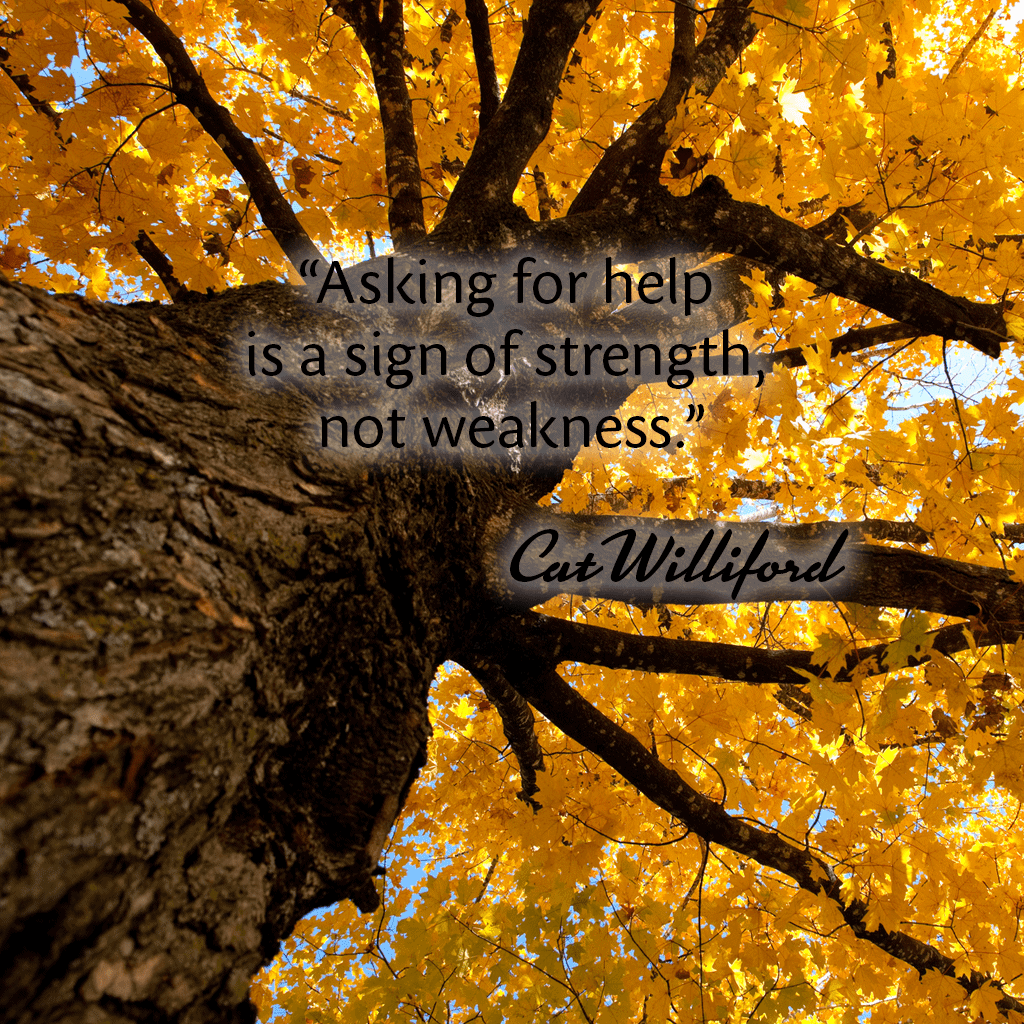 In exploring the great invisibility of middle-aged women, I decided to do my geek out thing and look up the definition of invisible in several dictionaries.
In exploring the great invisibility of middle-aged women, I decided to do my geek out thing and look up the definition of invisible in several dictionaries.
Whether as a noun or adjective, invisible speaks to something or someone being unrecognized or ignored and often, marginalized as a result.
Let that settle in. We aren’t seen. We are overlooked. We don’t belong when we become invisible.
In The Power of the Middle Part 1, I wrote about the invisibility of middle-aged women, and how culturally pervasive it has become. It is as if someone threw Harry Potter’s Invisibility Cloak over us. We see each other and can see out, but others can’t see us.
In The Power of the Middle Part 2, I shared an experience of becoming unrecognizable and invisible to myself as I ruminated on my life choices and battled the Invisibility Mask. (I also shared how I turned it around!)
Today, I want to point us toward an aspect of invisibility that begins quite innocently. And the experience of it can be found in the second definition of invisible the adjective: concealed or withdrawn from sight; hidden.
There are times we are invisible because quite frankly, we want to be. There are times we are unknowingly invisible, even to ourselves. There are times when we are completely visible to ourselves but not so visible to the world. (And “the world” can mean professionally, significant other relationships, friendships, family relationships … any arena you live your life.)
Let’s start with chosen invisibility. Sometimes choosing to be hidden or invisible serves a larger purpose. I’ve guided clients in and out of periods of withdrawal and I guided myself to withdraw and nest after ending a relationship. I had to remind myself what I tell clients: It is courageous to take the time – to press the pause button on social or business events in order to grieve and mourn. It feels scary at first like someone is going to burst in the door and holler, “You aren’t doing enough,” or “This thing you’re doing is a waste of time,” and “You will stop being invited and wanted.”
In spite of the Saboteur voices, I knew I needed to go into the grief cave, so to speak, to heal my heart. Even though I’m the one who said, “Gotta go.” I missed him something awful. I needed to wail, grieve and heal. I needed to hug his pillow and inhale deeply to see if his scent was still there. I needed to journal, rage and feel my melancholy about the fact that he wasn’t physically present even though he was so present in my thoughts and emotions. I really needed to release the burden of relationship expectations. By taking those months to go through the layers of grief and sadness, I came to a big thing many childless women face: Turns out, the hidden thing I was grieving was my run-out-of-gas fertility. I knew in peri-menopause there wasn’t time to fall in love and develop a relationship that would produce children. One of the relationship expectations I had to release was the one of having children with the man I loved for so many years.
Following intuition. I intuitively knew I didn’t have the energy to do the deep grieving and keep up a social schedule, much less attend networking events. I so withdrew I even stopped gathering the ceremony circle I lead that is like life-blood to me. It was all I could do to keep my business afloat in-between sobbing and walking on the beach for renewal. And through all the discomfort of going into my pain, I knew I was taking care of myself by this chosen withdrawal from “extra-curricular” activities.
And then, just short of a year later, I reached that point where the healing and grief time had naturally come to a close. Not realizing I was “done” because I was so in the habit of “withdraw and hide”, I kept doing it. And doing it. And doing it. This is when the trouble began. I had recently stopped working with a coach and become ridiculously comfortable in yoga pants inside my healing cave. I surrendered my passionate, trendy-wardrobe out-there extroverted self to the process of healing and in turn, came to really enjoy my newfound introverted self. The quiet was deafening but it meant I didn’t have to do anything. I actually started to think that perhaps my passion and my voice weren’t all that important. (My stomach seizes even typing those words.) This hiding habit turned into isolation … and a new dress size up.
That’s when I noticed the Invisibility Mask seemed to be glued to my face. And make no mistake this Mask is absolutely as stifling and cumbersome as medieval armor. It took conscious effort to remove it and scrape off the glue’s residue.
And here’s the awful truth about Masks of habit: Unbeknownst to me, I was still visible during my withdrawal and grieving, because I was being authentic in my pain. My best friends called to check on me when I was still sobbing every night. Invitations continued to arrive for social activities even though I declined. New clients arrived without a whit of marketing effort.
Then when the Invisibility Mask took over, the world stopped seeing me. And I stopped caring. The invitations dwindled to one every few months. I started wondering why I wasn’t being social. My saboteurs dialed up the panic by saying, “You’ve done it now! You are completely irrelevant!”
When I decided to peel off that darn mask and re-emerged, some people were a bit wary, “Oh, Cat Williford – is she still around? We haven’t seen her for ages. Did she move / stop coaching / stop leading workshops / etc.?”
Ouch. I wrote in my journal, “Dear Universe, I am ready to dance again. Please help me fill up my dance card.” I started saying, “Yes!” to the opportunities that felt right and good and in saying yes again, the doors of invitation re-opened.
Bottom Line: There is everything right with putting the pause button on our go-go-go lives to grieve and do our inner journey healing work. The problems arise when we go it alone and the habit and Masks take over and broadcast what isn’t really true for us any longer.
Grief isn’t the only time we choose withdrawal. I’ve chosen withdrawal when I had to do some serious recovery from illness. I’ve withdrawn from social and extra activity when someone was ill in my family and needed my help. And I’ve also not withdrawn when someone I loved was ill and needed me. The cost to keep up my regular pace was enormous. As middle-aged women, being there for our parents as they age and for children, if you have them, is a big energetic output.
My biggest learning is that we must stay conscious in our periods of withdrawal so that we know when it is time to reemerge. I think my physical cue is when that next dress size up sneaks up on me.
Next up – being hidden and invisible under Harry Potter’s cloak and not by choice.
Please be a part of this conversation. I know we all go through these periods of isolation. When have you chosen to withdraw? What brought you back out?
Much love,
Cat






